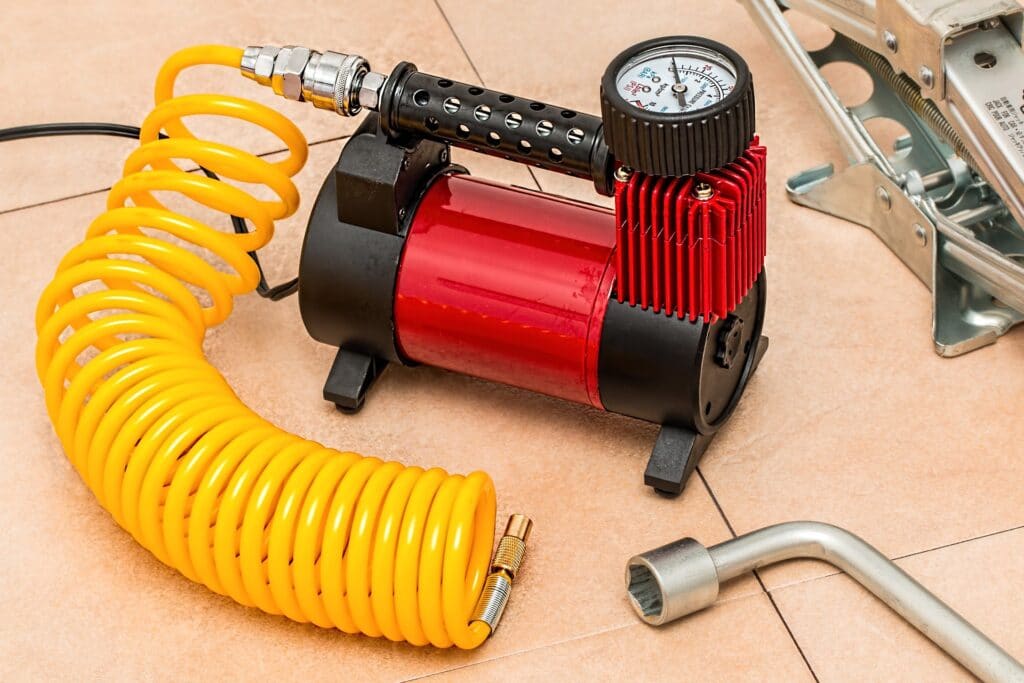
Checking tyre pressure should become part of everyone’s general car maintenance routine. Under/overinflated tyres will skew your vehicle’s equilibrium, leading to a hampered driving experience. In this article, we’re going to tell you where to find the correct tyre pressure for your car, and the issues you could face if you fail to inflate them to this level.
Where can I find my car’s recommended tyre pressure?
Different cars have different recommended tyre pressures. It’s important you find the correct tyre pressure level for your specific vehicle. There are four places you should be able to find the information.
- On the driver-side door
Many manufacturers place a sticker on the driver-side door, detailing car-specific information. One of these is the manufacturer’s recommended tyre pressure.
- The glove compartment
If the sticker isn’t on the door, it will likely be in the glove compartment. This is the little cubbyhole dedicated to manuals, maps and small items you wish to store. The sticker should detail the manufacturer’s recommended tyre pressure.
- Driver’s handbook
The driver’s handbook features a variety of information regarding the specifications and proper maintenance of your vehicle. Referring to the driver’s handbook is always a great way to acquire accurate information about how to use your car. The driver’s handbook is typically found in the glove compartment.
If you can’t find the stickers on the driver-side door or the glove compartment, and you are unable to locate the driver’s handbook, you can consult Google — but this should be your last port of call. Ensure you search for the exact make and model of your car and that you obtain the information from a reputable source.
Why is tyre pressure important?
Failing to inflate your tyres to the manufacturer’s recommended tyre pressure can cause the following issues:
- Reduced fuel efficiency
Under-inflated tyres possess greater rolling-resistance. It takes more energy to make them spin, leading to fuel depleting quicker over the same amount of time.
- Increased Tyre wear
Under-inflated tyres will cause the rubber to sag. This concentrates the tyre’s contact patch with the road towards the two outer edges of the tread. These edges get worn down quickly, and the resulting damage may further affect the performance and stability of the tyre. In contrast, tyres with too much pressure are stiffer and have a contact point concentrated to the centre of the tread. This causes the centre to become worn down more easily, once again skewing the stability of the tyre.
- Poor vehicle handling
Tyres are a key component in many aspects of the vehicle’s handling. When tyres aren’t inflated to the correct pressure, they can impair speed, acceleration, braking and grip.
Oaks Services is one of the leading providers of first-rate MOTs and car repairs in the South East. We have a number of servicing and testing centres, spanning the wider Surrey area, including Weybridge, Woking, Addlestone and Staines. If you’d like to enquire further about any of the extensive services we offer, give our team a call today.

